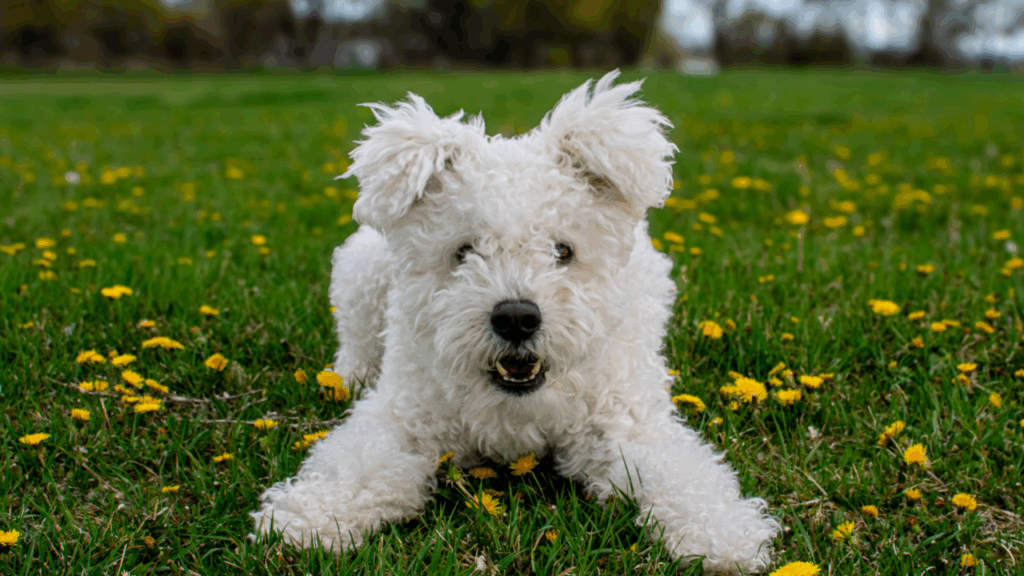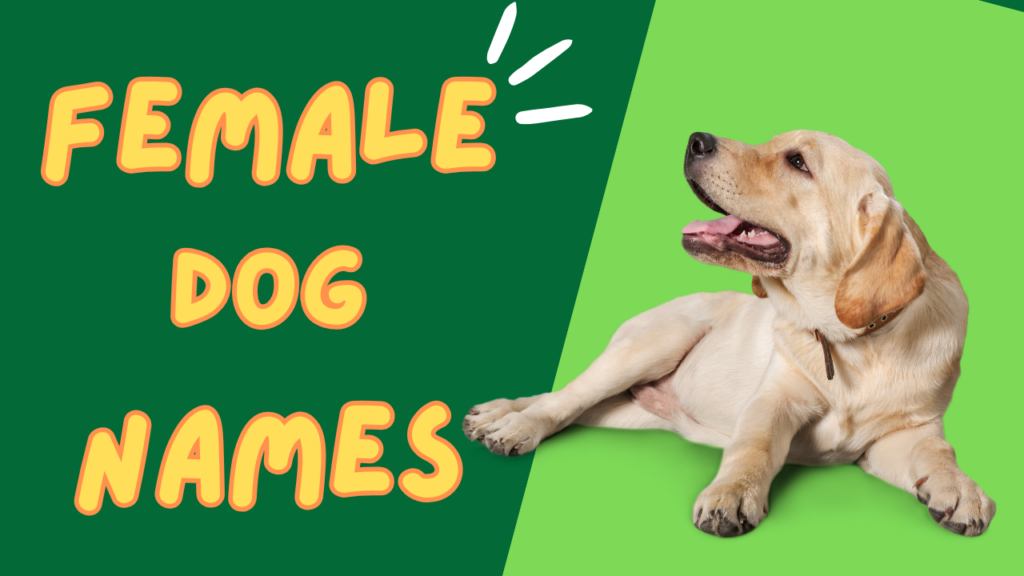The Hungarian Pumi is an energetic, intelligent, and expressive herding breed that hails from Hungary. Known for its distinct curly coat, lively ears, and animated personality, the Pumi is both a hard-working farm dog and a cheerful companion. Its agility, wit, and loyalty make it a favorite among dog enthusiasts who are looking for a breed that’s full of life and eager to please.
Origins and History
The Hungarian Pumi (pronounced “poo-mee”) has a rich heritage that dates back several centuries. It developed in Hungary in the 17th and 18th centuries as a result of crossbreeding the native Hungarian Puli with imported herding dogs from Germany and France, such as the French Briard and German Spitz-type dogs.
The goal was to create a dog that was versatile, fast, and well-suited to herding livestock in Hungary’s hilly and rural terrains. The Pumi quickly became known for its ability to herd sheep, cattle, and even pigs, as well as for being a superb farm watchdog and vermin hunter.
Though it shares ancestry with the Puli, the Pumi is recognized as a distinct breed. It was officially separated from the Puli in the early 20th century and recognized by the Fédération Cynologique Internationale (FCI) in 1966. The American Kennel Club (AKC) accepted the Pumi into its Herding Group in 2016.
Appearance
The Hungarian Pumi is a medium-sized dog, standing between 15 to 18.5 inches tall and weighing 22 to 29 pounds. It is compact, squarely built, and athletic. One of its most distinctive features is its curly, corkscrew-like coat, which gives it a unique, fluffy look without being overly woolly.
The coat is a combination of harsh and soft hairs, creating a dense texture that protects the dog in all kinds of weather. Pumis come in a variety of colors including black, gray, white, and fawn (with a black mask).
Their upright, semi-erect ears are also a standout feature—constantly moving and expressive, they contribute to the breed’s lively, curious appearance. The Pumi’s bright, almond-shaped eyes and confident stance exude intelligence and readiness.
Personality and Temperament
The Pumi is spirited, affectionate, and highly intelligent. True to its herding heritage, it is alert, agile, and thrives on having a job to do. Whether it’s herding, agility training, or simply playing fetch, the Pumi loves to stay engaged and active.
This breed is also known for its vocal nature. It communicates through a range of barks, especially when working or guarding, which makes it a good watchdog. However, early training can help manage excessive barking in a home environment.
Despite their working roots, Pumis are also very loving and loyal companions. They form strong bonds with their families and often choose a favorite person to follow closely. Their sociability makes them good with children and other pets, especially when properly socialized from a young age.
Exercise and Mental Stimulation
The Hungarian Pumi is not a couch potato. It requires daily physical and mental stimulation to stay balanced and content. Long walks, off-leash play in secure areas, and dog sports like agility, obedience, rally, and herding trials are ideal for this active breed.
Without sufficient activity, Pumis can become bored and destructive. They excel in environments where they can move, think, and engage with their humans on a regular basis. Puzzle toys and training games are especially beneficial.
Training and Intelligence
Highly trainable and quick to learn, the Pumi does best with positive reinforcement techniques. Harsh or repetitive training can bore or discourage them. Keep sessions fun, fast-paced, and rewarding.
They’re known for their problem-solving ability and are quick to pick up on commands or routines. This makes them a good choice for experienced dog owners who enjoy interactive training.
Grooming Requirements
The Pumi’s curly coat is low-shedding but requires regular maintenance to avoid matting. Brushing every 2–3 weeks followed by a light wetting or misting helps maintain the curl pattern. Clipping is usually needed every few months to keep the coat tidy.
Unlike some other long-haired breeds, the Pumi doesn’t require excessive grooming, but consistent upkeep is key. Regular nail trimming, ear cleaning, and dental care are also essential for their health.
Health and Lifespan
The Hungarian Pumi is a generally healthy breed, with a life expectancy of 12 to 15 years. Some hereditary health issues that may occur include:
- Hip dysplasia
- Patellar luxation
- Degenerative myelopathy
- Eye conditions such as cataracts
Responsible breeders perform health screenings to minimize the risk of these conditions. A balanced diet, exercise, and regular vet visits will help ensure your Pumi lives a long, healthy life.
Ideal Living Environment
Pumis are highly adaptable and can live in a variety of environments, from rural farms to city apartments—as long as their activity needs are met. They do best in households where they are included in daily activities and not left alone for long periods.
Because of their alertness and barking tendencies, they may not be suitable for very noise-sensitive living situations unless trained carefully. Fenced yards or regular off-leash time in secure areas are a plus.
Conclusion
The Hungarian Pumi is a rare gem of a breed: full of spirit, highly intelligent, and fiercely loyal. Ideal for active individuals and families, the Pumi will keep you on your toes with its energetic antics and warm affection. Whether you’re looking for a versatile herding dog or a lively, intelligent companion, the Pumi delivers joy, companionship, and energy in equal measure.



